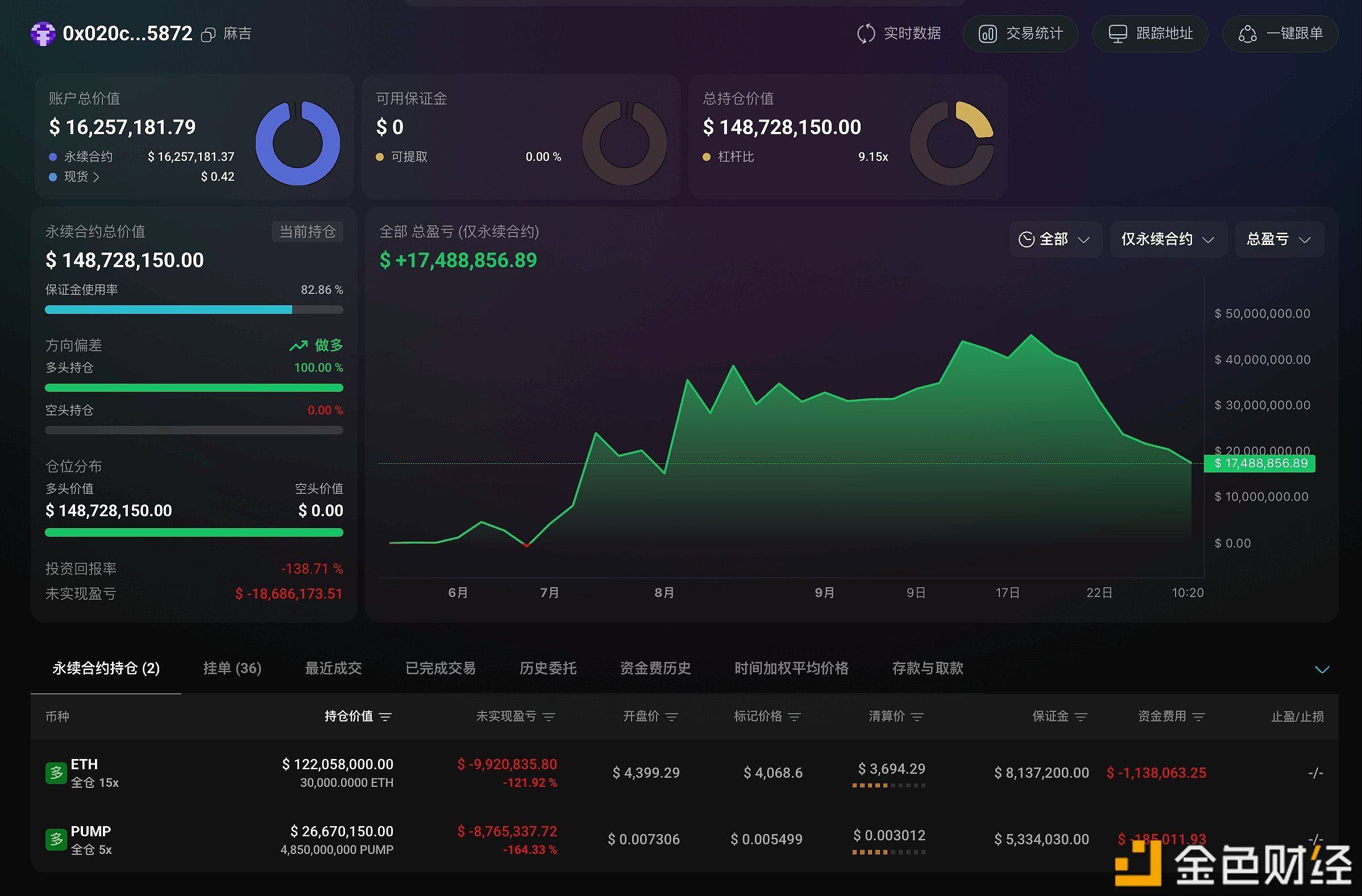Insights on Governance Mechanisms in Defi Lending, including Frax and AAVE, from CRV Collapse
Twitter user @0xLoki compared risk governance mechanisms of different Defi platforms based on the CRV collapse:
Fraxlend: Leading from the Start
Frax's initial mechanism was well-designed, with risk isolation and dynamic interest rates, requiring no additional measures. Michael himself took the initiative to repay. Even borrowing more money from AAVE and selling coins OTC requires repayment. Fraxlend's mechanism is the most effective and fair (pre-determined mechanism).
AAVE: Fair but Not Fully Effective
As the largest creditor, AAVE has some ongoing debates in the governance forum. The current consensus is to lower Curve's LTV to 0 and freeze new borrowings. However, other proposals, such as lowering LT (liquidation threshold) and raising interest rates, still face significant disputes.
Abracadabra: Money-Oriented Approach
The approach is straightforward and aggressive - freeze liquidations, increase interest rates, and directly deduct funds from the account if not repaid. The freeze on liquidations was deployed after five votes. It can be considered very decentralized and authoritarian, but indeed effective, as not repaying results in a daily deduction of $9,800 worth of $CRV.
Inverse: Inactive and Silent Governance Forum
In the prisoner's dilemma of this lending platform, Fraxlend has almost reached the finish line, and abracadabra is leading among the remaining competitors.
Disclaimer: The content of this article solely reflects the author's opinion and does not represent the platform in any capacity. This article is not intended to serve as a reference for making investment decisions.
You may also like
Benchmark analyst reiterates "Buy" rating on Japanese crypto company Metaplanet

GAIN official: Investigating issues related to abnormal token over-issuance
Data: 10 addresses received a total of 210,000 ETH within 6 hours, worth approximately $863 millions.